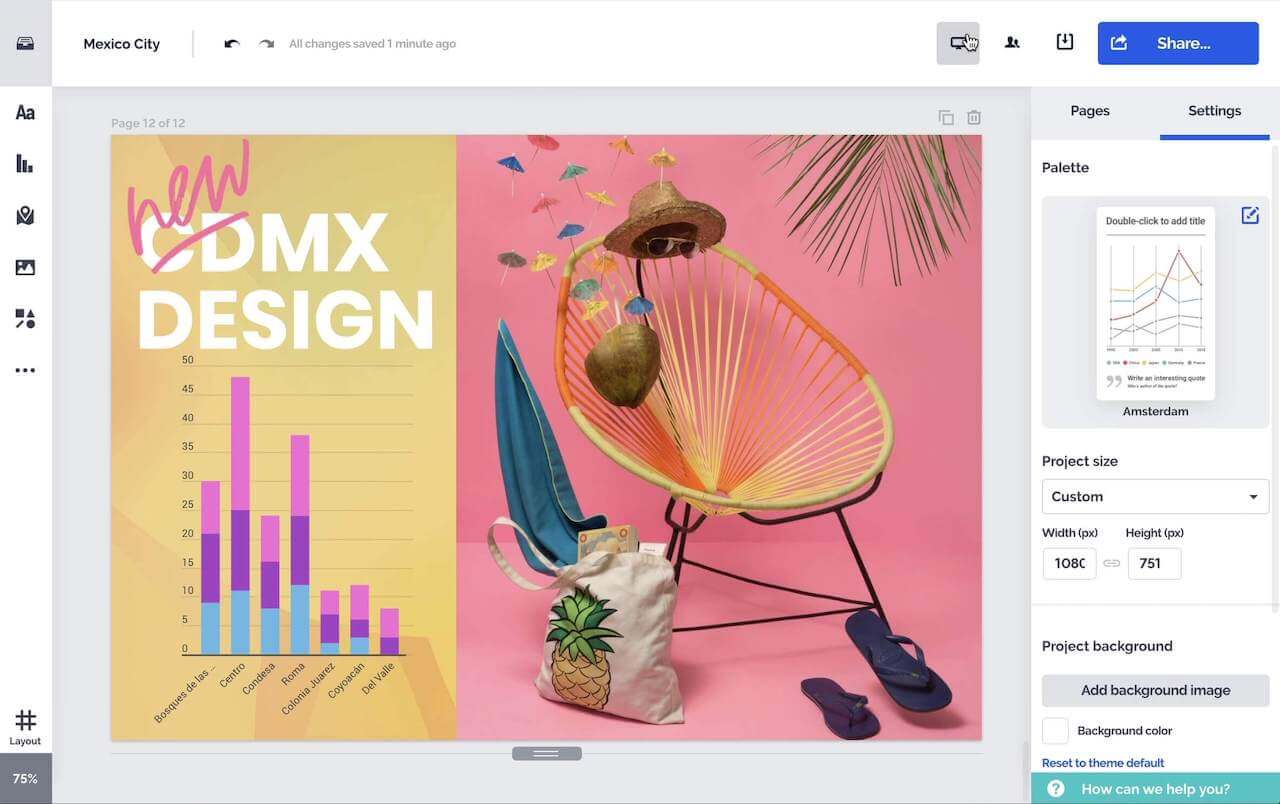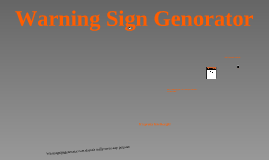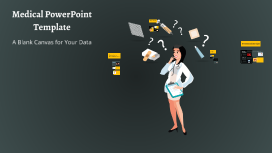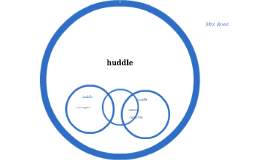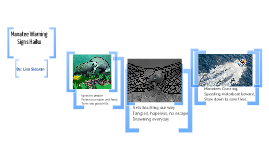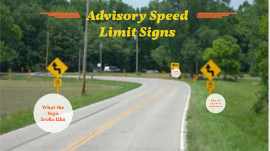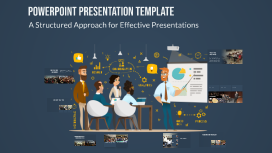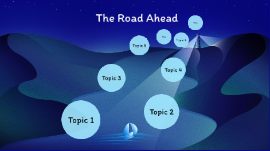Warning Sign of Abuse
Transcript: WARNING SIGNS OF AN ABUSIVE RELATIONSHIP By: Gabrielle Kalian BREAK THE CYCLE BREAK THE CYCLE SIGNS OF AN ABUSIVE RELATIONSHIP EXTREME JEALOUSY EXTREME JEALOUSY Jealousy is a sign of insecurity and lack of trust but the abuser will say that is a sign of love. The abuser will quesiton the vicim about whome they talk to, accuse them of flirting, or be jealous of time spent with their friends, family, or chidren. The abuser may refuse to let the victim work or go to school for fear of meeting someone else. Their abuser is always checking up on them, calling, and demanding to know where they have been and whom they have been with The abuser acts extremely jealous when she talks to other people, even when only a friendly conversation Examples CONTROLLING BEHAVIOR CONTROLLING BEHAVIOR one partner completely rules the relationship and makes the decisions. This includes "checking up" on the victim, timing a victim when they leave the house, checking the odometer on the car, questioning the victim about where they go. The abuser may control the finances and tries to tell the victim how to dress, who to talk to, and where to go. since dating, the victim has given up things that used to be important to them, such as spending time with friends or the activies they used to participate in The victim's weight, appearence, or grades have changed dramatically since they started dating their partner Examples ISOLATION ISOLATION The abuser tries to keep the victim from friends and family by putting down everyone the victim know, including their family and friends. They may keep the victim from going to work or school. since the victim started dating their partner, they frequently cancel plans with you and other friends at the last minute, giving reasons that sound untrue Since they've been dating, the victim has given up things that used to be importnat to them, such as spending time with friends or the activies that the victim used to participate in Examples VERBAL ABUSE VERBAL ABUSE The abuser says cruel and harmful things to their victim, degrades them, curses at them, call them names, or puts down their accomplishments. The abuser tells their victims that they are stupid and unable to function without them. They embarrass and put down the victim in front of others as well. Examples When the victim and their abuser are together with other people he tell mean stories about her, calls her names like, stupid, slut, dog, or generally puts her down BREAKING OR STRIKING OBJECTS BREAKING OR STRIKING OBJECTS This behavior is used as a punishment (breaking treasured possessions), but is mostly used to terroize the victim into submission. The abuser may break or strike objects near the victim to frighten them. - You;ve seen him lose his temper and break or damage things when he's angry Examples HYPERSENSITIVITY An abuser is easily insulted and take everything as a personal attack and blows things out of proportion HYPERSENSITIVITY Examples -He always seems worried about upsetting her - he constantly apologizes for her behavior and makes excuses for her WHAT SHOULD YOU DO? What Should You Do? What should you do when you or a loved one is in an abusive relationship 1. Commit to ending it and create a plan 2. Have friends or family help and support you 3. Don't try to be friends 4. Do not feel the need to "rescue" your partner





